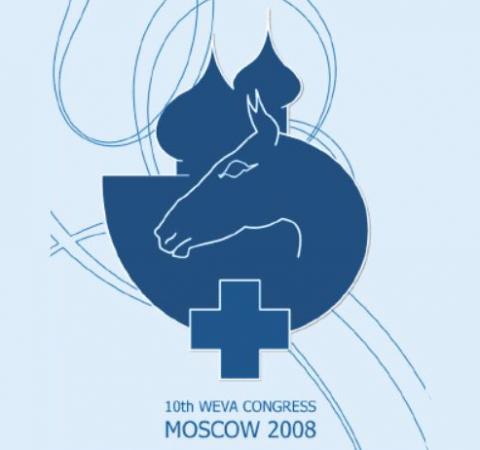Get access to all handy features included in the IVIS website
- Get unlimited access to books, proceedings and journals.
- Get access to a global catalogue of meetings, on-site and online courses, webinars and educational videos.
- Bookmark your favorite articles in My Library for future reading.
- Save future meetings and courses in My Calendar and My e-Learning.
- Ask authors questions and read what others have to say.
Standing Equine MRI: Current Clinical Applications
Get access to all handy features included in the IVIS website
- Get unlimited access to books, proceedings and journals.
- Get access to a global catalogue of meetings, on-site and online courses, webinars and educational videos.
- Bookmark your favorite articles in My Library for future reading.
- Save future meetings and courses in My Calendar and My e-Learning.
- Ask authors questions and read what others have to say.
Read
Magnetic Resonance Imaging (MRI) is the technique of choice for assessing soft tissue injuries in humans. With the advent of diagnostic quality standing equipment (www.hallmarq.net) this technology has increasing utilisation in the field of equine orthopaedics. Its main area of use has been in the hoof capsule where ultrasonographic examination is limited. However the additional information it can yield can also be beneficial in scanning the pastern, fetlock, suspensory and carpal and tarsal regions.
A review of MRI physics is outside the remit of this abstract, but the practicalities of the use of this system will be demonstrated. Different imaging sequences can be utilised to obtain different information from within the area of interest, which can be helpful in determining the activity of an area of pathology. MRI is not useful as a screening procedure and is best employed in assessing as small an area as possible. Thus conventional methods such as radiography, ultrasonography and diagnostic analgesia should still be employed to narrow the area under investigation. Good patient compliance is required, especially for upper limb imaging and a high level of skill in terms of horse handling is required for optimal imaging. Examples of pathology and sights will be presented.
FOOT –the most common pathologies noted in this area are those involving the navicular bone, navicular bursitis, deep digital flexor tendon injuries, impar ligament injuries and injuries to the collateral ligaments of the distal interphalangeal joint. It is more difficult to assess cartilage damage within the distal interphalangeal joint. Bone inflammation and oedema can also be identified in various osseous structures within the hoof capsule. In some instances, negative MRI examination has been very helpful to me in ruling out pathology and confirming that superficial foot pain is the sole source of the problem for an individual horse. We have also used MRI examination of the feet in traumatic injuries such as complex fractures and foot penetrations. This has also been helpful in the surgical planning of some tumours of this region.
PASTERN – although ultrasonographic examination of this region is the most accurate way of determining structure, we have been able to identify lesions of the DDFT, SDFT, distal digital annular ligament and cysts in the distal portion of the proximal phalanx. Thus the MRI has been complimentary to conventional imaging techniques. [...]
Get access to all handy features included in the IVIS website
- Get unlimited access to books, proceedings and journals.
- Get access to a global catalogue of meetings, on-site and online courses, webinars and educational videos.
- Bookmark your favorite articles in My Library for future reading.
- Save future meetings and courses in My Calendar and My e-Learning.
- Ask authors questions and read what others have to say.




Comments (0)
Ask the author
0 comments